Yoga and essential oils can give us a lift when we need one, but what is it about them that fires up that feelgood factor? Physical exertion, the flow of poses and breathing techniques all play their part in yoga, while for essential oils there are the bountiful benefits of beautiful scents. But what about the mysterious chakras that get referred to when it comes to both yoga and essential oils? What are they and how do they play a part in giving us that lift?
What is a chakra?
Often described as whirling pools of energy, when translated literally, the word chakra means ‘spinning disc’ or ‘wheel’ and is one of many words in the ancient Sanskrit language that are still used today in yoga practices.
According to tradition, yoga doesn’t just benefit our physical body, but also the ‘energy body’ around which a life force — called prana in Sanskrit — flows via channels called nadis. The chakras are where the channels intersect, and we usually hear about seven of them. Each corresponds to an area of the physical body, stretching in a line from the Root chakra at the base of the spine to the Crown chakra at the top of the head. All have a function, but the overall yogic aim is to keep them open and aligned so your life force flows freely, bringing a sense of physical and emotional well-being.
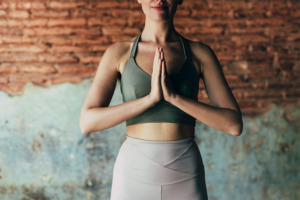
How are chakras used during yoga?
When practicing, yoga teachers may invite you to visualise prana as a golden thread drawing you upwards in order to help with balance and focus. Alternatively, you may use chakras to help support a pose by activating or ‘locking’ the area of the body associated with the chakra.
Can essential oils be used alongside chakras?
Enhancing yoga sessions with essential oils for each chakra means they can play their part too, says Ed Dailey, Young Living’s long-time yoga practitioner and oils educator – allowing chakras, essential oils, and yoga to work together in harmony.
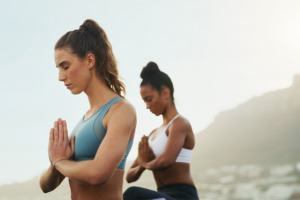
How do you balance chakras with essential oils?
The Root chakra (Muladhara in Sanskrit), which sits at the base of the spine, is targeted by yoga poses such as Warrior or Tree, which demand balance. It is associated with a feeling of being grounded and stable, which strikes a chord with Young Living’s empowering Believe essential oil blend. “This is infused with Frankincense, helping to create a grounding sense of balance. Simply dab onto pulse points during yoga,” says Dailey.
Moving upwards from the Root chakra, the Pelvic or Sacral chakra (Svadhishthana) is associated with creativity and relationships, while the Solar Plexus chakra (Manipura), which is also referred to as the fire centre, sits between the navel and the rib cage and is linked to confidence and willpower.
The Heart chakra (Anahata) is associated with love and compassion, so the “Rose essential oil notes found in Young Living’s soothing White Angelica fragrance and uplifting Joy blend may inspire you to open your Heart chakra, supporting unconditional love and offering a sense of confidence and calm,” says Dailey.
The Throat chakra (Vishuddhi), which sits at the base of the throat is the home of communication, while the Third-Eye chakra (Ajna) can be found between the brows, and is seen as your centre of intuition, providing inner guidance. Finally, the Crown chakra (Sahasrara) is considered to connect you to the infinite, bringing positivity and tranquillity.
The idea of the energy body and keeping chakras open and aligned may sound complicated, but as yoga is intrinsically linked with chakras, and the familiar poses are designed to work with them, if you’re doing yoga, you’ll reap the benefits!
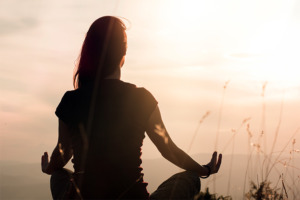
Do you enjoy using yoga, chakras, and essential oils in harmony? Write your comments below or contact us at mseublog@youngliving.com.
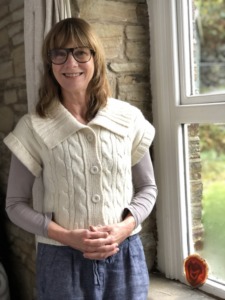 A writer and editor with long experience writing about ski travel, food, and health, including as deputy head of ski content at the Telegraph, Cat Weakley is also a keen cyclist and skier with a 20-year commitment to yoga. “I first tried yoga to stretch muscles tightened by years of cycling and then became addicted to the way it combines mental wellbeing with physical challenges”.
A writer and editor with long experience writing about ski travel, food, and health, including as deputy head of ski content at the Telegraph, Cat Weakley is also a keen cyclist and skier with a 20-year commitment to yoga. “I first tried yoga to stretch muscles tightened by years of cycling and then became addicted to the way it combines mental wellbeing with physical challenges”.

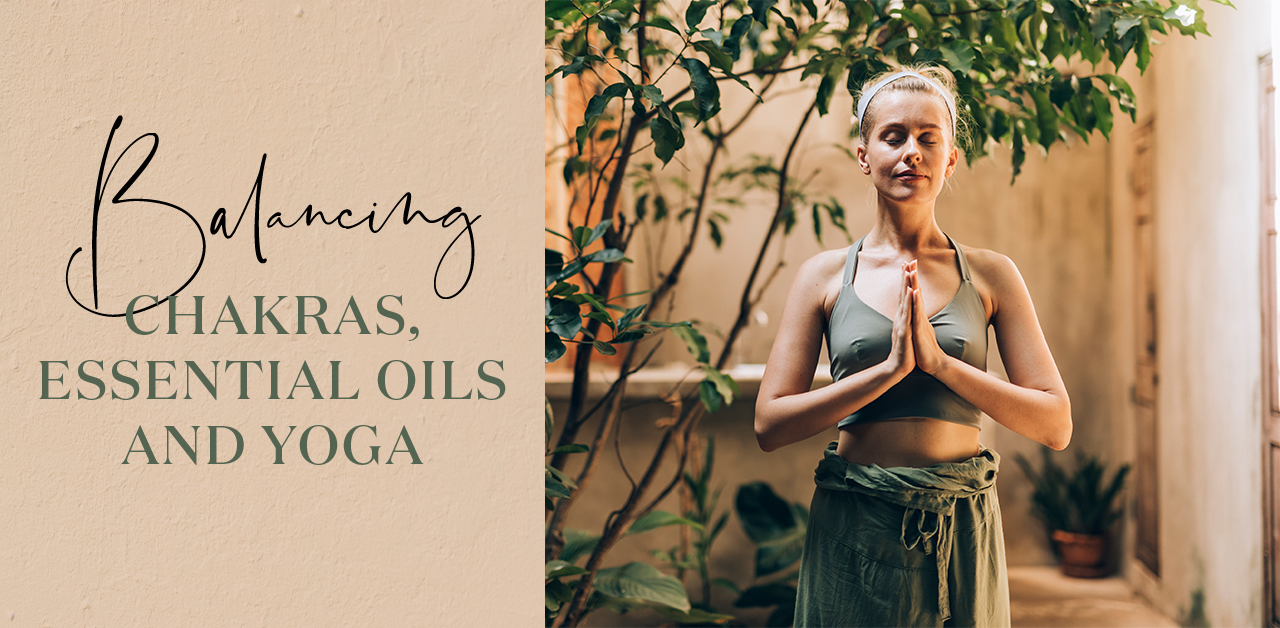




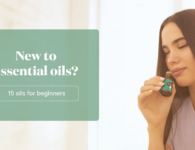
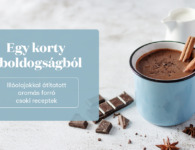
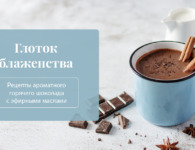
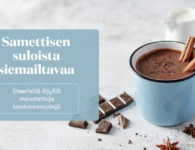
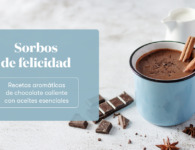
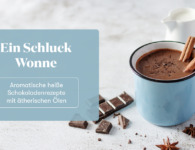
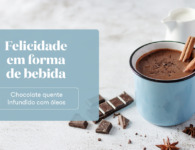
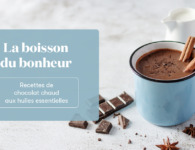
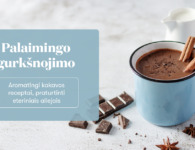
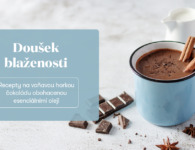
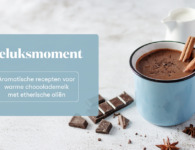
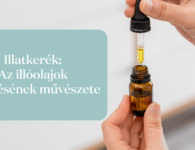
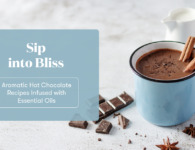

No comments